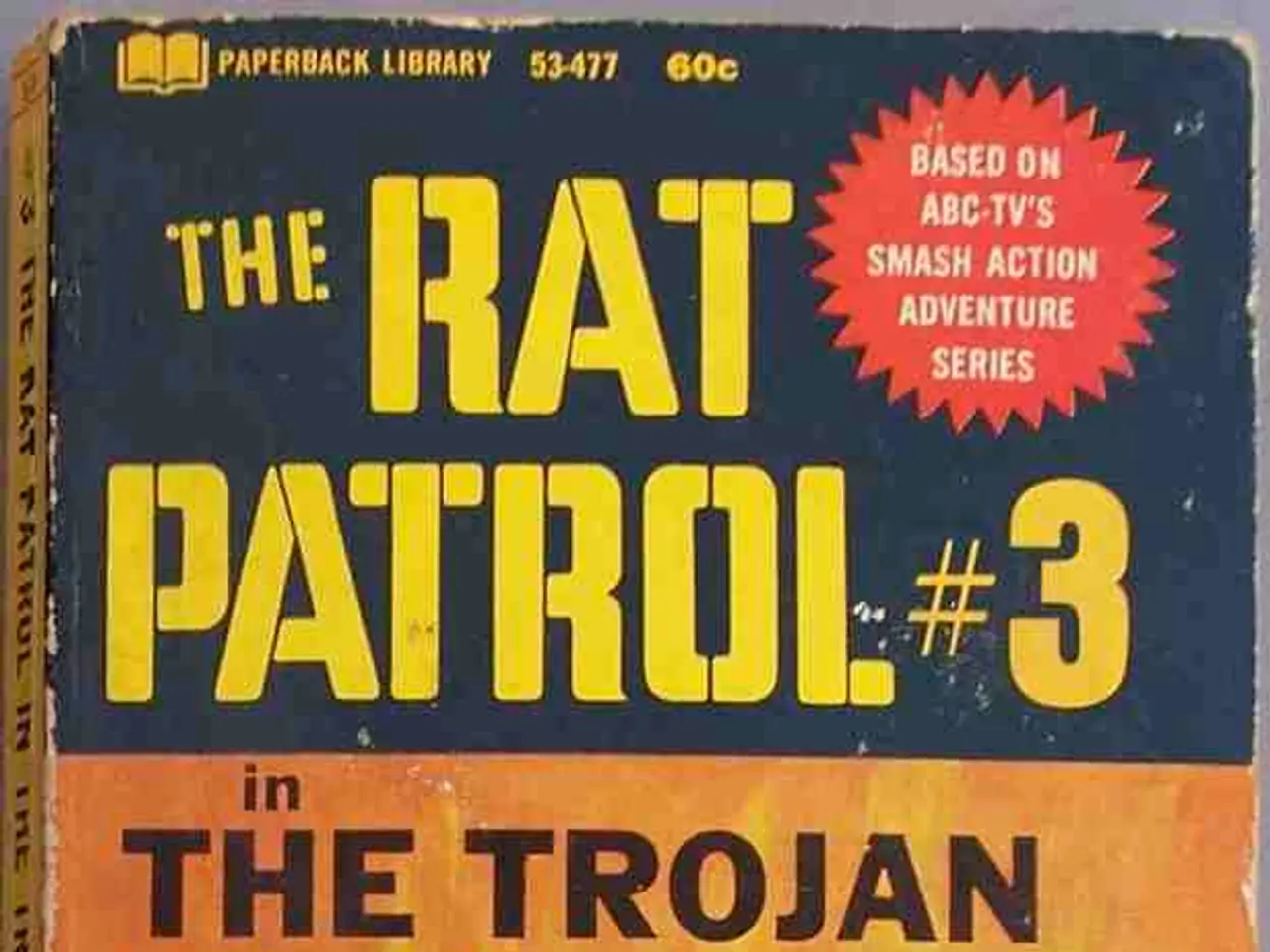"Kremlin's fund for Ukraine: Considered as an early payment for the damages incurred during the war"
In a significant development, discussions are underway to utilise the approximately €210 billion worth of frozen Russian assets, primarily held in the European Union, to fund Ukraine's defense and recovery efforts.
The EU is currently using the interest income from these frozen assets to provide non-repayable financial assistance and loans to Ukraine, primarily through mechanisms such as the Ukraine Loan Coordination Mechanism (ULCM) and the European Peace Facility (EPF). However, there is growing advocacy for using the entire frozen capital to create a reparation loan or direct funding mechanism to compensate Ukraine.
One proposed solution is a reparation loan derived from the frozen assets, which could provide a predictable financial source for Ukraine. This loan would essentially be an advance on the Kremlin's obligation to pay war damages. If agreed upon, Russia would only recover its funds if it paid the war reparations.
The transfer of funds from the depositories to the special-purpose legal structure would not be a confiscation of Russia's assets. Instead, it would be seen as a means to ensure that the assets are used to support Ukraine's immediate need for liquidity while the long-term decision-making process of the commission unfolds.
The United Nations General Assembly has already called for Russia to pay reparations, and representatives from over 50 countries, including France and the European Union, have launched a project for a claims commission for Ukraine. However, the decision for Russia to pay war damages and the details of the claims commission are yet to be determined.
If ongoing U.S. and other Western financial support were to diminish or cease, these frozen Russian assets could play an even more critical role in continuing to fund Ukrainian defense and recovery through direct transfers of interest income and potentially establishing a reparation loan or fund.
However, this is a complex issue with legal, diplomatic, and economic hurdles. Fully seizing sovereign assets could undermine international trust in the global financial system and raise difficult legal questions regarding sovereignty and sanctions. Despite these challenges, the idea of using frozen Russian assets to support Ukraine's defense is gaining momentum.
Europeans are aware that Ukraine will still need to defend itself, and they may have to bear the burden alone due to budgetary difficulties and the need to strengthen their own defense. The Belgian Euroclear is one of the depositories of the assets to be transferred, and the details of the reparation loan are still being worked out.
In summary, the proposed reparation loan from frozen Russian assets could provide a significant financial boost to Ukraine's defense and recovery efforts, especially if direct Western support declines. However, the legal, diplomatic, and economic complexities involved require careful consideration and cooperation from multiple nations.
- The proposal to create a reparation loan from the frozen Russian assets could offer a predictable financial source for Ukraine, serving as an advance on the Kremlin's obligation to pay war damages.
- The transfer of interest income from the frozen assets to Ukraine, through mechanisms like the Ukraine Loan Coordination Mechanism (ULCM) and the European Peace Facility (EPF), is currently being used to provide non-repayable financial assistance and loans.
- The United Nations General Assembly and representatives from over 50 countries, including France and the European Union, have advocated for Russia to pay reparations, and a project for a claims commission for Ukraine has been launched.
- The utilization of the entire frozen capital to fund Ukraine's defense and recovery efforts is met with legal, diplomatic, and economic hurdles, as fully seizing sovereign assets could potentially undermine international trust in the global financial system.




